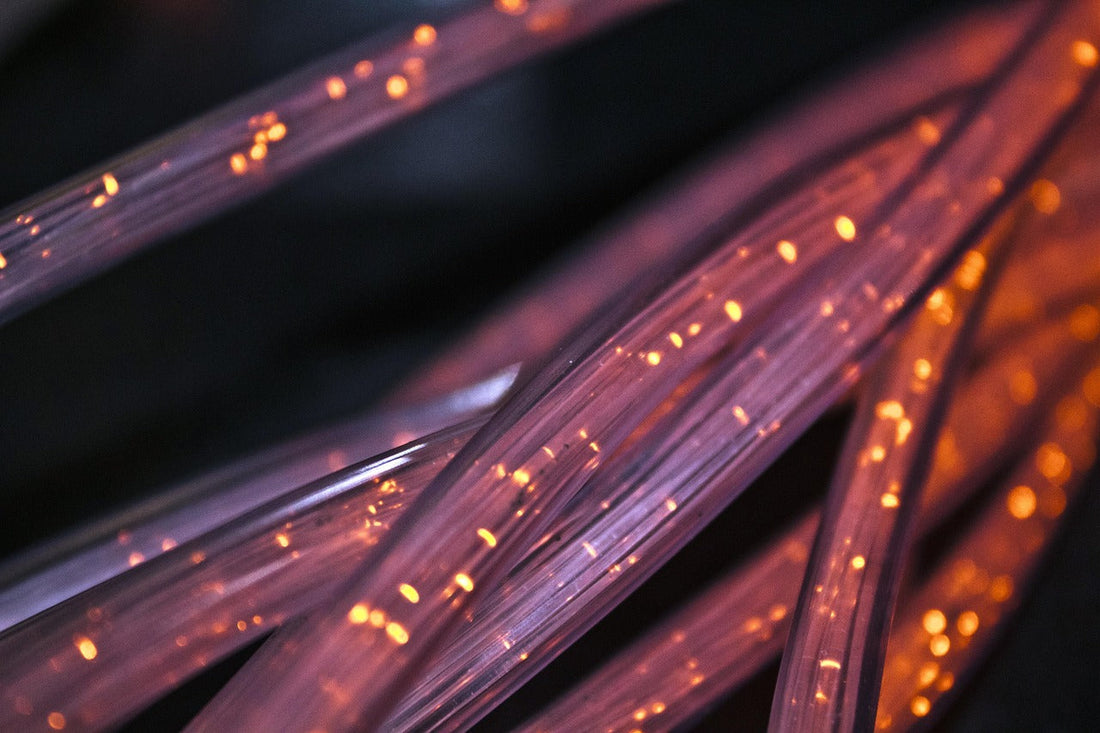
Share
China Introduces GPMI: A New Alternative to HDMI and DisplayPort with 192Gbps Bandwidth and 480W Power Delivery
The Shenzhen 8K UHD Video Industry Cooperation Alliance, which consists of over 50 Chinese companies, has introduced a new wired media communication standard known as the General Purpose Media Interface (GPMI). This new interface aims to simplify multimedia connectivity by combining video, audio, data transmission, and power delivery into a single cable. GPMI is designed to support high-bandwidth applications, including 8K video, and reduce the complexity of connecting multiple cables.
According to HKEPC's report, it can be understood that the current GPMI standard consists of two versions : Type-B, which offers up to 192Gbps bandwidth and 480W power delivery, and Type-C, which is compatible with the existing USB-C standard, supporting up to 96Gbps bandwidth and 240W power delivery. GPMI Type-C is positioned to offer higher data transmission rates than USB4 or Thunderbolt 4, but with similar power delivery capabilities.
The main advantage of GPMI is that it consolidates video, power, and control into a single cable, reducing the clutter and complexity of modern tech setups.

GPMI vs. Existing Standards
Let’s compare GPMI’s specs with existing connection standards:
- DisplayPort 2.1: 80Gbps, no power delivery.
- HDMI 2.1: 48Gbps or 18Gbps, no power delivery.
- Thunderbolt 4/USB4: 40Gbps, up to 240W power delivery.
- GPMI Type-B: 192Gbps bandwidth and 480W power delivery.
GPMI Type-B blows the competition out of the water, offering the highest bandwidth and power capacity available in a single cable. This makes it especially powerful for ultra-high-definition video setups, including 8K resolution.
The Impact on Gaming and Entertainment
For Gamers
- 8K Gaming: GPMI Type-B’s ability to handle 192Gbps bandwidth makes it a solid candidate for high refresh rate 8K gaming. While it might not fully power extreme systems like RTX 5090-based PCs, it’s more than enough for most high-performance gaming laptops.
- Simplified Setups: Gamers who prefer portable setups will appreciate GPMI’s ability to transmit both power and data with just one cable. This reduces the number of cables and simplifies gaming desk setups.
For Home Entertainment
- Smarter TV and Streaming: GPMI could eventually replace the multiple cables used for TVs, game consoles, and streaming devices. A single cable could handle it all, streamlining entertainment setups.
- Universal Control: Like HDMI-CEC, GPMI supports device control through a single remote, offering more seamless control over connected devices.
Why This Is Important for the Future of Tech
Potential for Broader Adoption
With backing from major Chinese tech companies like Huawei, TCL, and Hisense, GPMI is well-positioned to become a universal standard for multimedia and smart home devices.

Reducing Cable Clutter
As more devices are added to homes and offices, cable management becomes a growing issue. GPMI offers a solution by combining multiple functions into one cable, reducing the mess and complexity of modern tech setups.
Long-Term Impact
As GPMI gets adopted by more smart TVs and gaming laptops, we could see it become the go-to interface, driving interoperability between brands and simplifying device connections.
Challenges and Considerations
- Adoption Timeline: GPMI is still new, and manufacturers will need time to integrate it into their products.
- Compatibility: While GPMI Type-C works with USB-C devices, GPMI Type-B’s proprietary connector may limit its immediate use.
- Current Limitations: Despite its high bandwidth and power delivery, 480W may not be sufficient for powering extreme setups like multi-GPU gaming PCs.
GPMI Could Redefine the Way We Connect Devices
GPMI is a game-changer for consumers, especially in gaming and home entertainment. By combining high bandwidth, power delivery, and control into a single cable, it simplifies device connections and reduces cable clutter. If it gains widespread adoption, GPMI could set a new standard for the future of tech, making our lives a little bit easier, one cable at a time.

